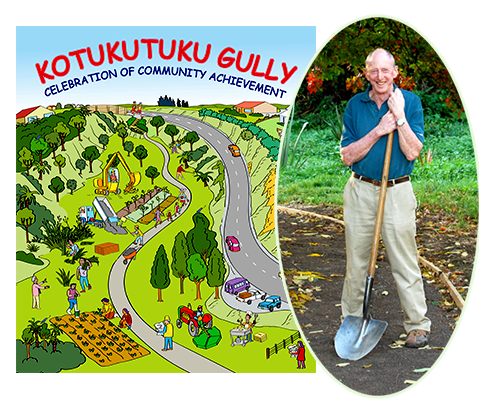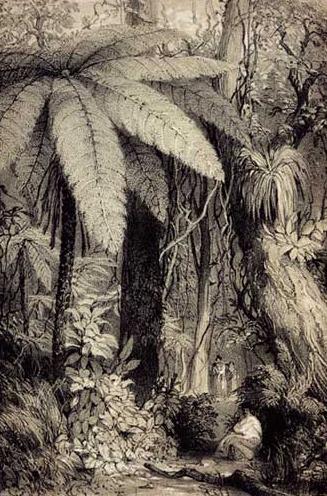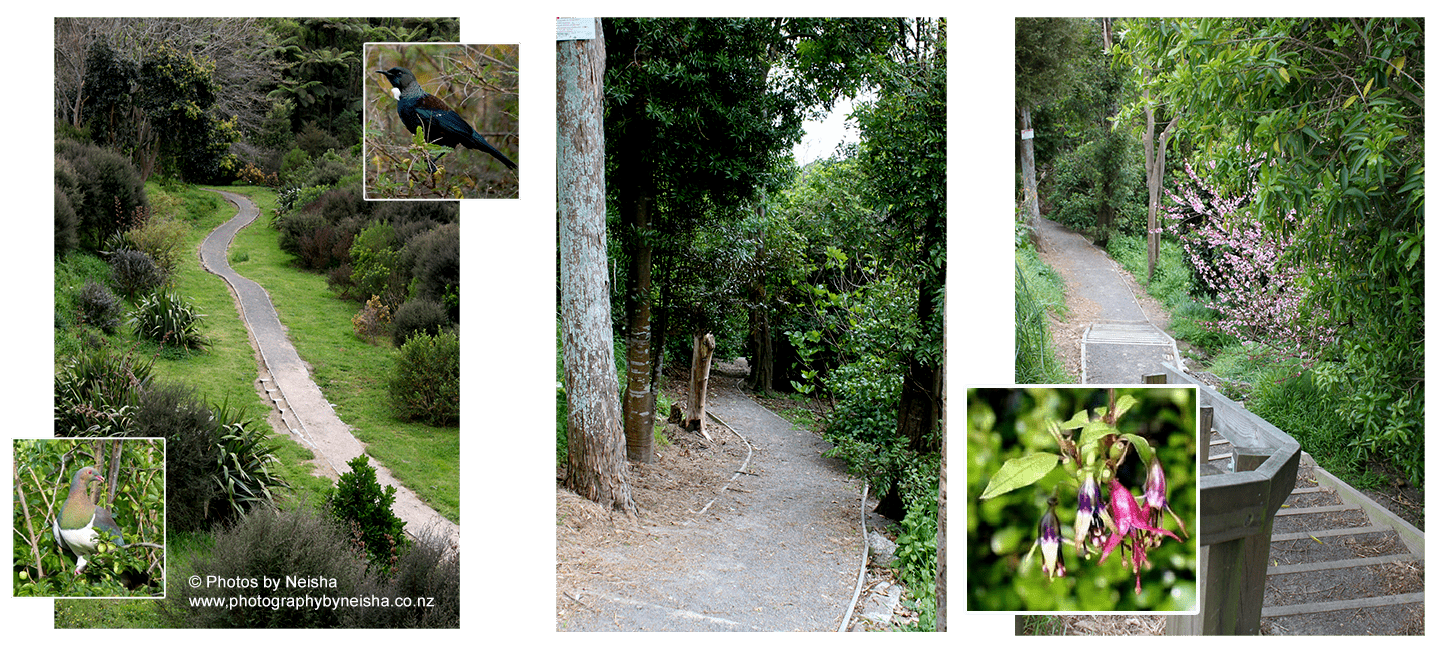Through the vision and leadership of Maketu resident Trevor Hughes, this historic spot has been returned to its natural beauty for the enjoyment of residents and visitors.

Restoration and Nature
The restoration involved planting over 2000 native flowering or berry-bearing trees to form a “bird corridor” along with a diverse range of flax and native bush. A few non-native fruit trees can be found for the enjoyment of those who stroll along the all-weather pathway.

Historical Significance
Teeming with history, this gully was once an overgrown jungle and a dumping ground for car bodies and rubbish. The gully was home to the Te Arawa people eight centuries ago, serving as a garden, a medicinal plant area, and a pathway to the estuary at Little Waihi in peacetime. It was also a strategic route for Maori warriors during conflicts and was believed to be a birthing place for Te Arawa women due to the hot water springs in the area.

The Kotukutuku Tree
The gully is named after the Kotukutuku tree, a native New Zealand species being re-established in this beautiful natural walkway. The flowers are rich in nectar and are visited by honey-eating birds, especially tui, bellbirds, and silvereyes. The dark purple berries, known as konini by Maori, are edible and taste like tamarillos.

Explore the Gully
Come for a stroll through this peaceful area. There are 37 different native plant species here. Get off the pathway and browse at your leisure. Click on the image to the right to open a brochure you can print and bring on your walk .... or share with friends.
